Landscape photography can follow two different fields of thought. In one, the beauty of the image comes from the landscape, and there is no need to exaggerate or change that. In other words, each photographer visiting the same scene can capture the same image. In another field of thought, the photographer should leave his or her mark on the scene, capturing it in a new and unique way that has never been seen before. Here’s what to do if you want to be more creative and stand out from the crowd.
1. Change Your Settings
What is the simplest way to change the way you shoot a landscape? Change your settings.
Imagine how it would look if you used a slow shutter speed and allowed clouds, or water, or plants blown by the wind to create a motion blur effect. Consider underexposing the scene a little to create a spooky feeling, or even overexposing a little to allow saturated sunlight to bring a new atmosphere. There are lots of ways you can play around with your settings in order to get a different view of the same landscape.
Try to do the opposite of the obvious. If you know that most people would normally slow down their shutter speed to capture a river flowing in an ethereal way, consider going in the opposite direction. What if you push your shutter speed up as high as you can possibly manage, to capture the water in breathtakingly clear detail? When you do the same as everyone else, you aren’t using your creativity to the fullest extent.
2. Change the Time You Shoot
Another way to bring a creative eye to a landscape is to change the time of day at which you visit. A landscape will look one way at dawn, another way at the height of the sun, another way at twilight, and another way again in the night.
Think about creative ways in which you can capture the scene. You can use the last glimmering light from a setting sun to capture stripes of illumination across a snowy field, for example, making it look like something completely unexpected.
You can visit a popular tourist attraction, like Stonehenge, right at the beginning of the day when no one else has arrived yet. Or you could capture a time of day when the wildlife of the area are awake and active, and populating the scene instead of the humans who might come later.
The timing isn’t just down to the hour of the day, either. How about visiting in a different season, if you can make it a longer-term project? Your creative eye might sense that autumnal reds and yellows will suit your photograph much better than summery greens.
3. Change Your Perspective
Perspective has a lot to do with creativity when it comes to landscapes. When you think about the archetypal landscape shot, you know that it is taken looking head-on at the scene. The camera is either held to the eye or placed on a tripod somewhere above waist height, and the image is captured as if we were looking at the scene naturally.
So, change your perspective if you want to find a creative new angle. Lay down on the ground and shoot at a diagonally upwards angle. Find something to climb, get as high as you can, and then shoot downwards. Go to the other side of the monument or focal point and photograph it from behind.
A key factor for shooting a landscape creatively, especially one that is photographed often, is this: watch where everyone else is standing, and then go stand somewhere different.
You can also change perspective by changing the lens that you use. From a wide angle, to a fish eye, to a macro lens, there are plenty of ways to change the way that you see things. If you can’t see something creative in the landscape that faces you, then you might need to change the way that you are looking. Another way to get a different perspective is to use a drone.
→ Related reading: Intro to Drone Landscape Photography
4. Change Reality
Of course, there’s a way to ‘cheat’ your way into a more creative landscape: to invent your own. This actually requires quite a bit of skill, but practice makes perfect. Try shooting multiple locations and then merging them together into one photograph.
For example, you might find some sheep grazing on a picturesque, rolling countryside area for your foreground; looming hills and mountains for your mid-ground; and a moody sky for your background that brings it all together. No one else needs to know that all three parts of the image came from different places if you don’t want them to. You can even let your creativity go wild and bring in new animals, people, and mystical figures from other sources. Photomanipulation is a real art form, and while it may not fully represent reality, it certainly brings a more creative view of it.
Even purists, who want to capture only natural landscapes as they are, can consider this as a fun exercise to try every now and then. It might just refresh your point of view and give you a new creative jumping-off point. You may even begin a quest to try to find a similar location which exists in real life!
There are lots of ways to become more creative in your landscape photography, but above all, what you have to do is change the way you take the pictures. If you always stay the same, you will only get the same results.

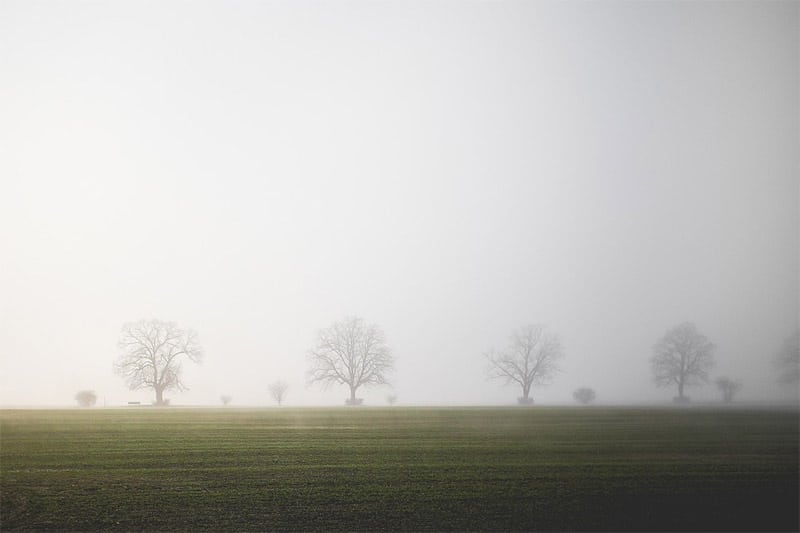
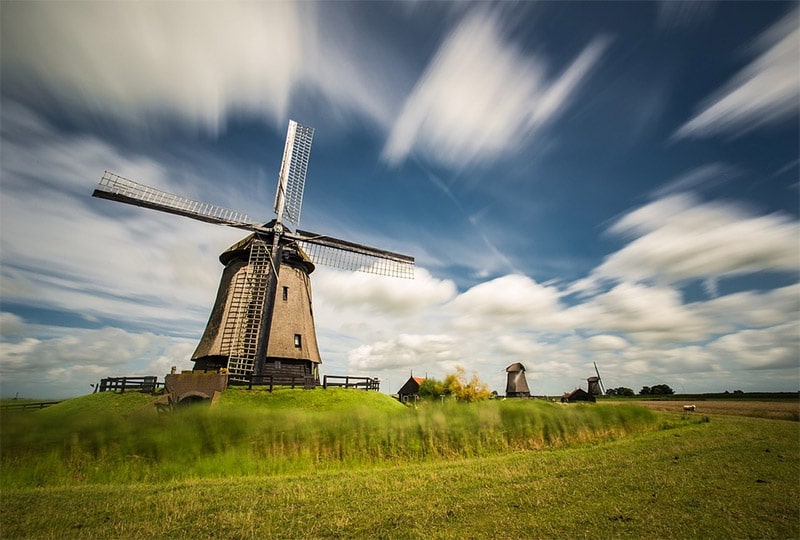

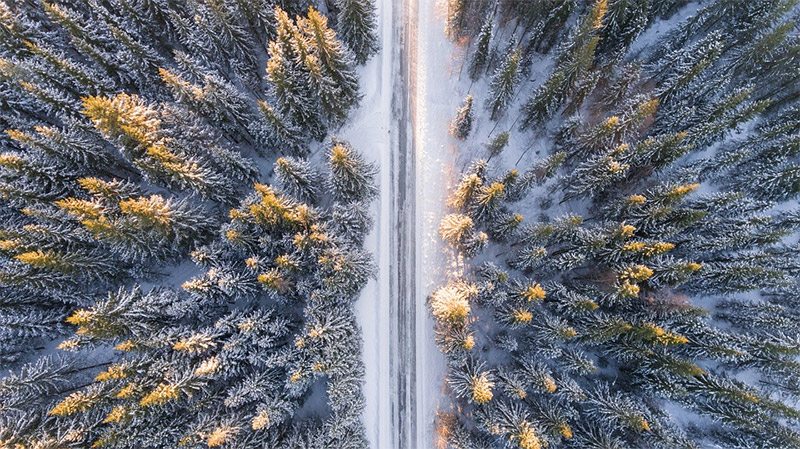
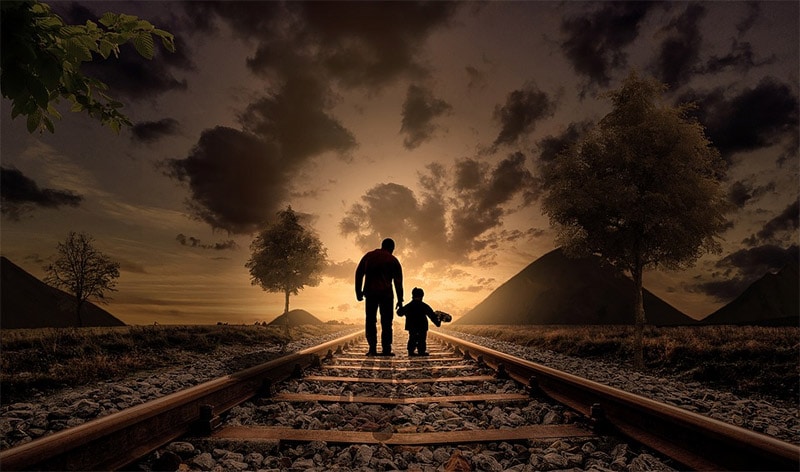

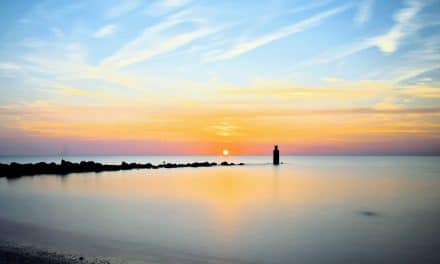
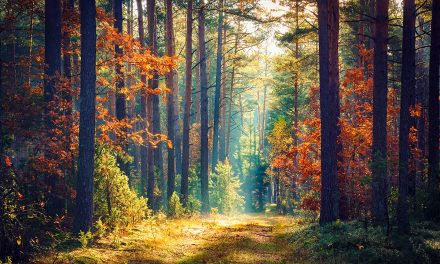
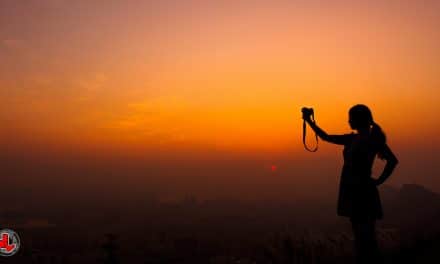
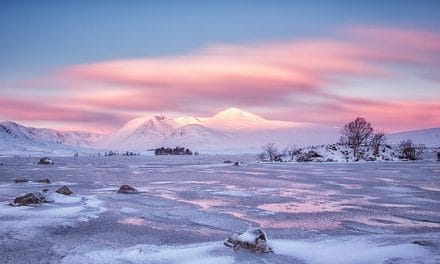





Wonderful web site which I’m finding incredibly helpful. One issue is that every single time I log in to the site it asks me to confirm my preferences.
Can you stop it doing that.
At the moment it almost seems as if it’s expecting me to get bored with answering the questions and just accept everything. I’m sure that’s not the case but….
Regards
Stephen